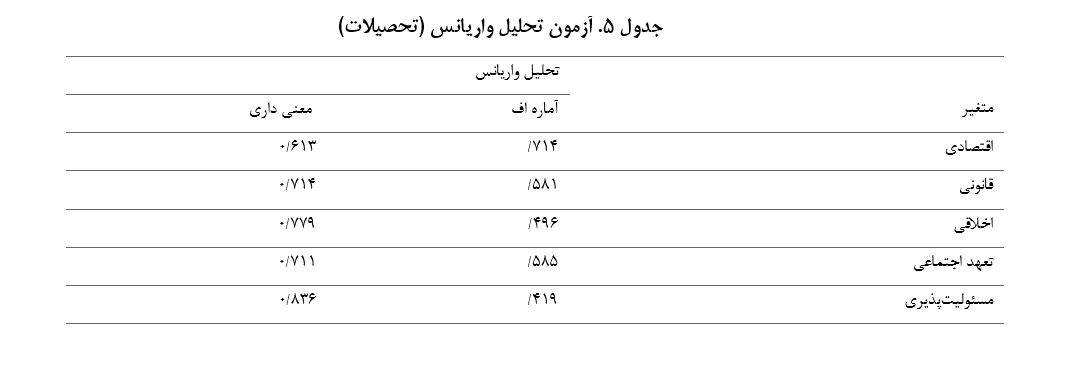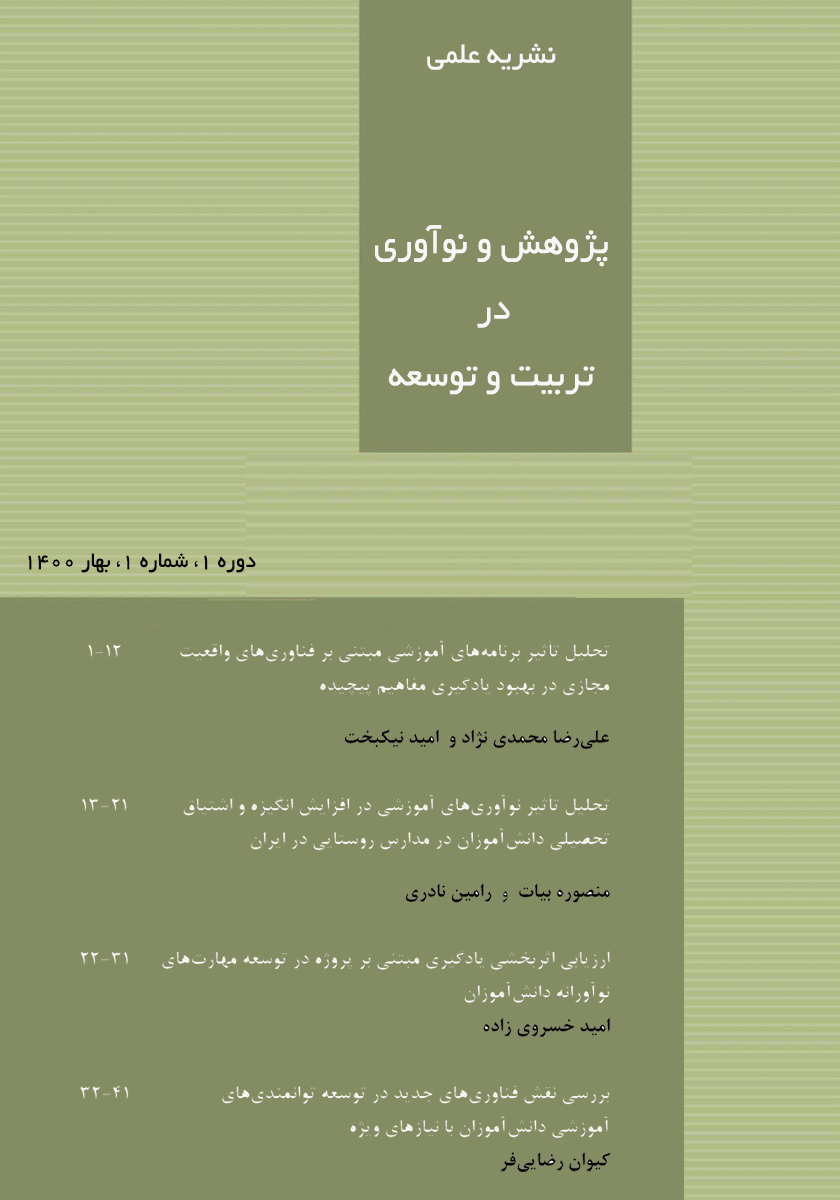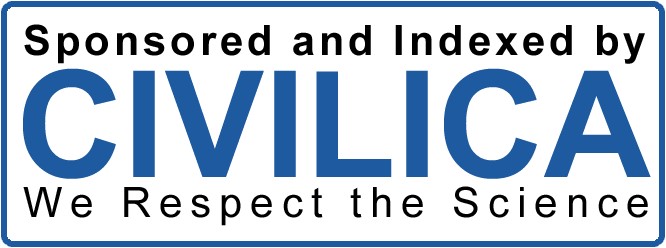Providing a Model to Explain the Responsibility of Isfahan Citizens
Keywords:
Urbanization, Responsibility, Citizens of IsfahanAbstract
Considering the advancements in urbanization and the emergence of modern urbanization phenomena, the responsibility of each individual living in cities for urban management and achieving urban objectives has become particularly significant. This study presents a model to explain the responsibility of Isfahan citizens, utilizing a quantitative survey approach and standardized questionnaires for analysis. The analysis revealed that demographic characteristics (gender, age, education, and income), social satisfaction, socioeconomic status, institutional trust, religiosity, and national mass media are the most influential factors affecting the responsibility of Isfahan citizens. Although the proposed model does not offer a formal methodology, it provides valuable insights and demonstrates good model fit, comprising these variables.
Downloads
References
Ahmadi M, Jafarina G, Kikhserovani M. A Sociological Model of Factors Affecting the Level of Social Responsibility
among Citizens in Bushehr. Journal of Health Psychology and Social Behavior. 2022;2(2):47-58.
Fukuyama H, Tan Y. Implementing strategic disposability for performance evaluation: Innovation, stability,
profitability and corporate social responsibility in Chinese banking. European Journal of Operational Research.
;296(2):652-68. doi: 10.1016/j.ejor.2021.04.022.
Esmaeili H, Yaghoubi E. Factors Affecting Corporate Social Responsibility. New Research Approaches in
Management and Accounting. 2021;5(64):113-28.
Izadi S, Azizi Shamami M. The Need for Students to Possess Civic Knowledge and Social Responsibility in the
Process of Globalization. Curriculum Studies. 2009(15):60-82.
Hashemi SA, Hamrahi M, editors. Social Responsibility2015.
Ginat J, Translated by Siavash S. The Parent-Child Relationship. Tehran: Information Institute Publications; 1993.
Mahdavi E, Enayati M-u-D, Nisi A. Examining the Effectiveness of Responsibility Training on Self-Esteem among
High School Boys. New Findings in Psychology (Social Psychology). 2009;3(9):115-29.
Glasser W. Reality Therapy1965.
Barnett ML. The business case for corporate social responsibility: A critique and an indirect path forward. Business
& Society. 2019;58(1):167-90. doi: 10.1177/0007650316660044.
Simmel G. The Metropolis and Mental Life. Social Sciences Letter. 1993;2(3):53-66.
Jourablo M, Jourablo M, Jafari A, Dadkhah Joibari T. Empirical Study of Socio-cultural Factors Affecting Social
Responsibility among Citizens in District 4 of Tehran Municipality. Urban Sociological Studies. 2016;6(19):113-40.
Salehi V. The Relationship between Responsibility and Development-oriented Lifestyle among Citizens. Quarterly
Journal of Iranian Islamic Development Model Studies. 2022;10(2):241-59. doi: 10.46809/jpse.v2i5.28.
Mashari M, editor The Role of Environmental Education on Social Responsibility among Citizens2022.
Masoudi M, Salajegheh S, Jalal Kamali M. Examining the Relationship between Environmental Behavior and Social
Responsibility among Citizens (Case Study: Sirjan City). Geography Quarterly. 2021;20(72).
Fotebafan MH, editor Examining Citizens' Perception of Urban Environmental Quality and Its Role in Social
Responsibility (Case Study: Tabriz City)2014.
Shafaee Moghadam E. Examining the Mediating Role of Responsibility in the Relationship between Altruistic Values
and Environmental Citizenship Behavior. Journal of Environment and Interdisciplinary Development. 2022;7(76):45-60.
Jiang W, Wu J, Yang X. Does digitization drive corporate social responsibility? International Review of Economics
& Finance. 2023. doi: 10.1016/j.iref.2023.06.010.
Hetherington EM. Parental religiosity, Parenting Style and Adolescent Social Responsibility. Journal of Early
Adolescence. 1999;19(2):199-225. doi: 10.1177/0272431699019002004.
Scales PC. The Effaces of Service - Learning on Middle School Students Social Responsibility and Academic Success.
Journal of Early Adolescence. 2000;20(3):332-58. doi: 10.1177/0272431600020003004.
Carter CR. Social Personality and Supply Chain Relationships. Logistic and Transportation Review. 2001;38(1):37-
doi: 10.1016/S1366-5545(01)00008-4.
Aghaei K. The Relationship between Organizational Culture and Climate with Employee Responsibility in Technical
and Vocational Training Centers in Shiraz: Islamic Azad University, Marvdasht Branch; 2015.
Glock CY, Stark R. Religion and society in tension. Chicago: Rand McNally; 1965.
Taleban MR. Religiosity and Delinquency among High School Students. Tehran: Culture, Art, and Communication
Research Institute; 2001.
Serajzadeh SH. Religious Attitudes and Behaviors of Tehran Teenagers and Their Implications for Secularization
Theory. Research Index. 1999(9 & 10).

Downloads
Published
Submitted
Revised
Accepted
Issue
Section
License
Copyright (c) 2024 Journal of Study and Innovation in Education and Development

This work is licensed under a Creative Commons Attribution-NonCommercial 4.0 International License.










